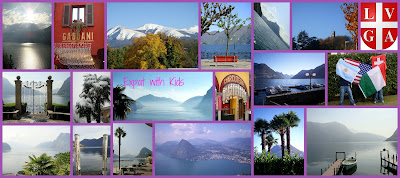Switzerland celebrates its holiday in the country's four National languages: Bundesfeiertag (German), Jour de la Fête National (French), Giorno Della Festa Nazionale (Italian) and Di da la Fiesta National (Romansch).
The name is received from Schwyz, one of the three cantons which together formed a confederacy. The base of the Swiss government refers to 1291 when representatives from the cantons of Uri, Schwyz, and Unterwalden met on the shores of Lake Lucerne to conclude a protective union against to the powerful House of Habsburg.
According to legend, on the first day of August, a sacred oath (Rütlischwur) of three was given in which each of the three cantons promised each other to come to the aid in the fight against external enemies.
Soon other cities and regions joined in order to maintain their independence. Since 1891, August 1st is celebrated throughout the country as the anniversary of the Nation's creation.
By the way, the word «oath» in German is Eid, and the full name of the Alpine republic in German is the Schweizerische Eidgenossenschaft. However, not all historians share this interpretation.


No comments:
Post a Comment